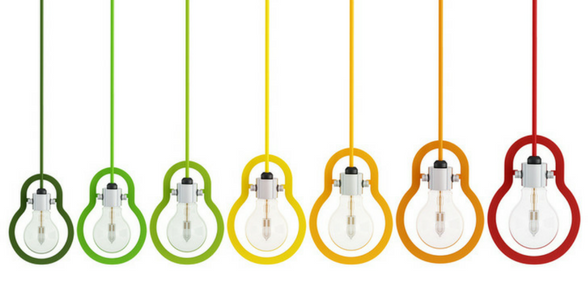
Mark Stevenson, managing director of schools’ energy consultancy Bright Spark Energy, provides advice on how schools can make easy – but significant – cost savings, generate income and reduce their impact on the environment
In these times of stretched budgets schools need to make cost savings. One area that should be looked at is energy; expenditure on energy consumption is one of the top five highest costs with some larger schools spending over £100,000 per annum – then add to this the fact that, currently, energy costs are rising by up to 10% every year.
Analysis: Stick or split
Sadly, many schools continue to stick with their historic energy supplier – after all, energy suppliers’ costs are much the same. Aren’t they? The headline answer is, ‘No!’
It’s hard for schools to spend what little time they have, trying to analyse energy bills that seem to be made deliberately complicated by the supplier. However, in most cases, significant savings can in fact be made.
Schools have to focus on all aspects of energy use and then work out how to save using the concept of marginal gains. In terms of an ‘energy consumption health-check’ the areas that should be analysed are summarised below.
Your energy suppliers
Take a look at what else is out there; sometimes simply switching suppliers can save you money. For example, one small primary academy in the south of England opted for a different supplier and saved themselves just over £2,500 per annum. So, don’t be afraid to make the switch if you are not getting the best rate for your specific needs.
Energy efficiency
One of the most important areas to assess is your building’s efficiency. Are all the lights and computers turned off at night? A large secondary school with 500 computers and servers will pay over £5,000 per annum just for its computers to be on at night. Further, should you be keeping your heating on at night to save on the peak morning rate? It’s important to understand all these factors and to put the right processes and considerations in place to achieve significant costs savings.
Schools should also be aware of the significant benefits of LED lighting. Good quality luminaires will last a lot longer than normal bulbs and should come with ten-year, or more, warranties.
Renewables
Sustainability will become an increasing part of our lives and, therefore, students should be aware of the influencing factors. Solar energy isn’t just about saving energy expenditure – it’s also a way for schools to make money and set an example to students and the local community. There are numerous government grants available which will cover the initial cost of having solar panels installed and the work is carried out with no disruption to learning.
Taking one primary school in the south of England as an example, in year one it saved on energy costs but only 90% of its solar power was used, leaving 10% to sell back to its energy supplier. It’s important to remember that the saving is cumulative so, by year five, the school will have (conservatively) saved £1,949.67, reducing the impact of rising cost of electricity.
Heating
Finally, consider your heating. Replacing old gas boilers with an air source heat pump or biomass boiler, with the help of a government subsidy, is another consideration.
Final thoughts
By following these simple steps to review your energy consumption you can reap notable rewards. Our objective, for example, is to work with schools to save them money that can be spent on more teachers or resources while developing their students to become sustainability champions.
Don’t forget to follow us on Twitter and keep up-to-date with the latest news and features
